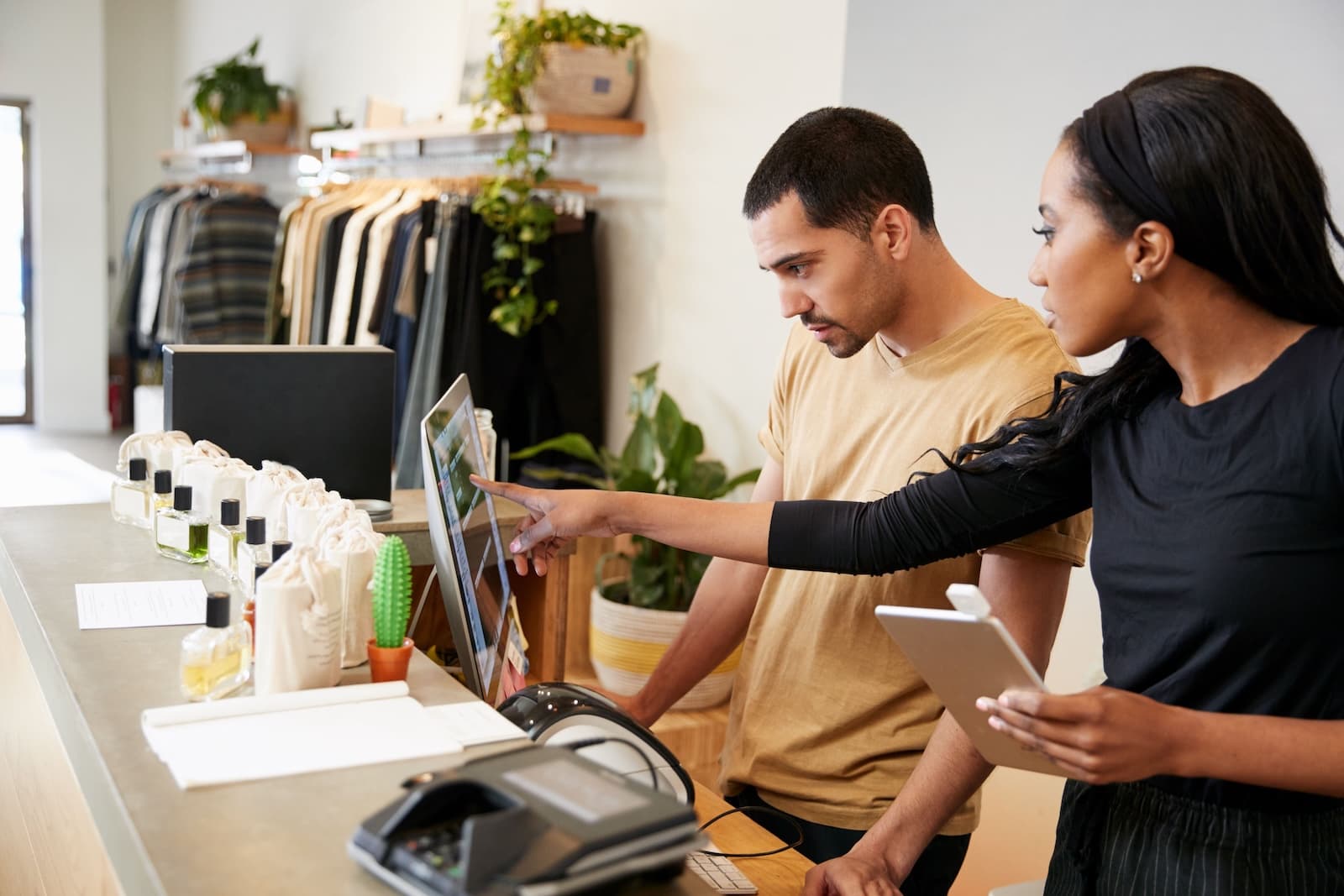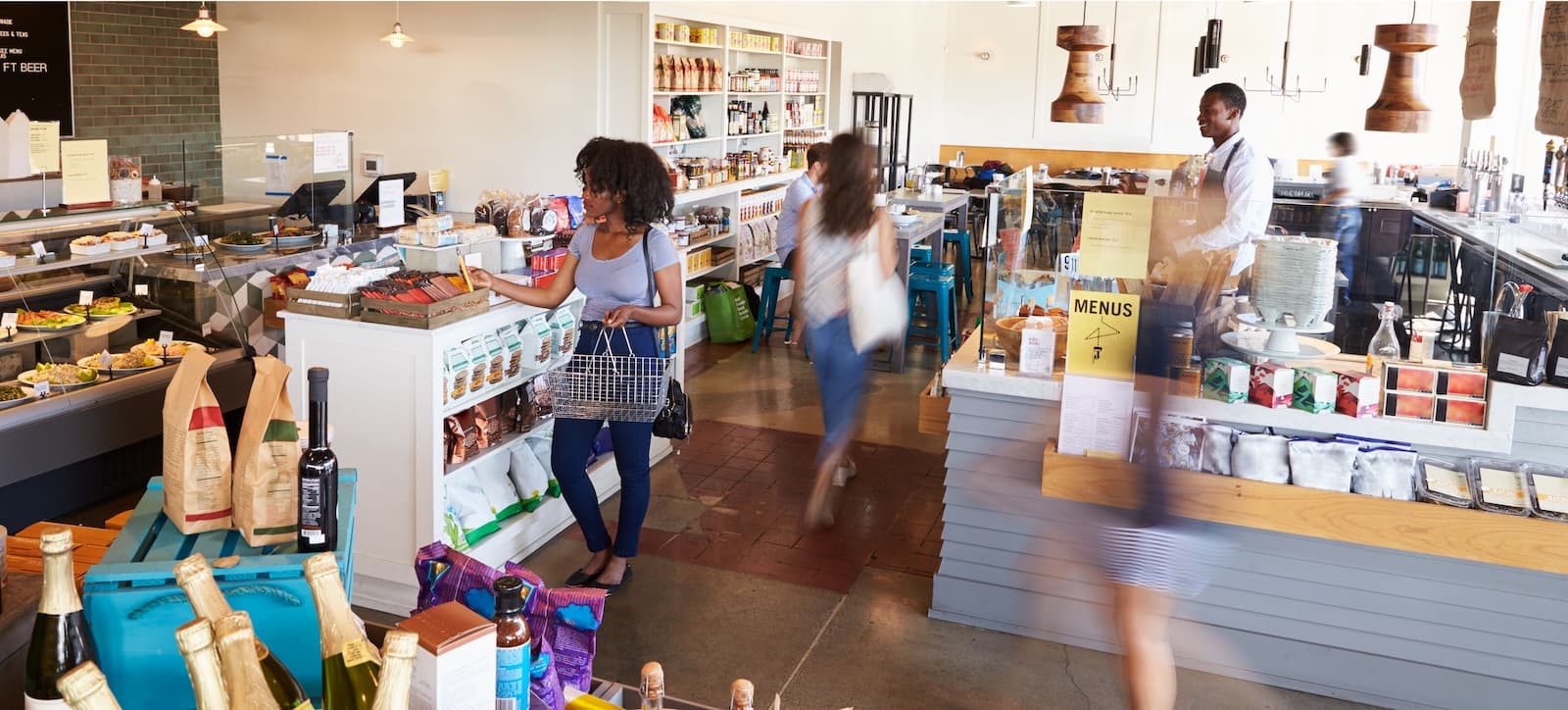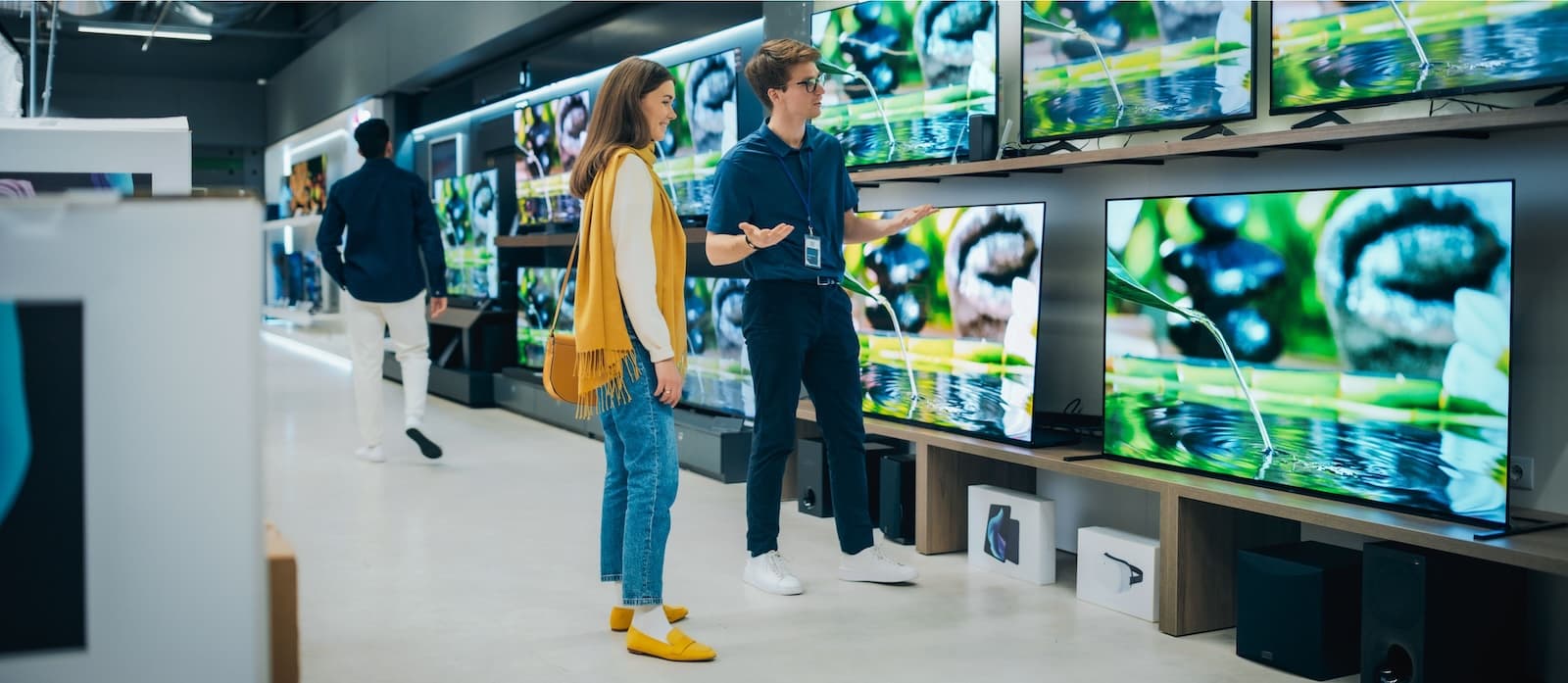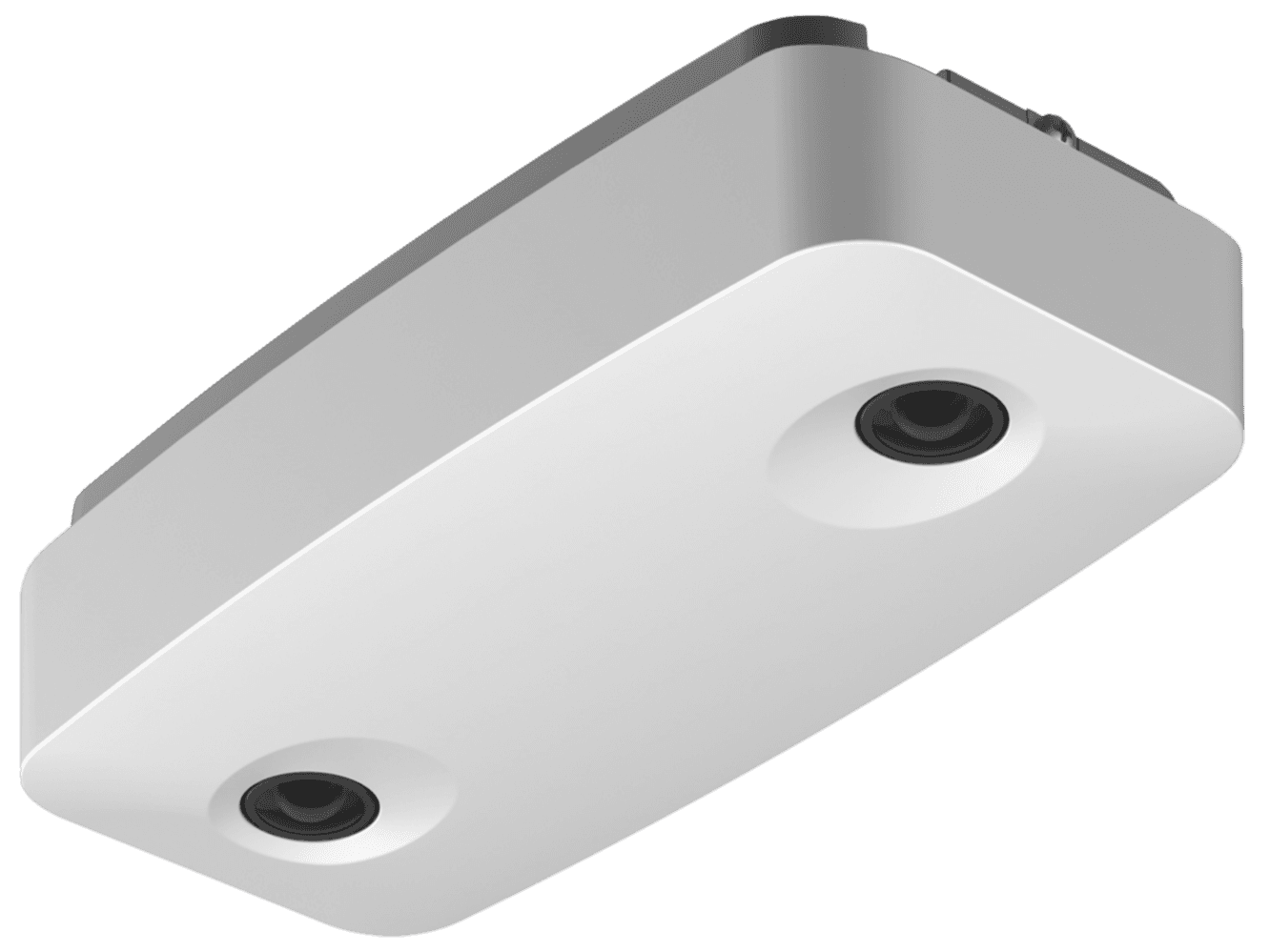Talking TCO: Retail Tech Meets Finance

On this page
Total Cost of Ownership (TCO) is a critical concept for retailers, particularly in an era when technology investments are essential for optimizing operations and enhancing customer experience. For retail businesses, calculating TCO means evaluating not only the upfront costs of technology, but also the ongoing expenses associated with maintaining and operating these solutions. Lowering the TCO can significantly benefit retailers by allowing them to allocate resources more effectively and invest in growth areas.
We explore three primary strategies for reducing retailers' traffic counting TCO: reducing the number of traffic sensors, minimizing licensing costs, and lowering hardware and deployment expenses. Each approach offers a pathway to substantial savings without compromising the quality and efficiency of retail operations.
Reduced Traffic Sensor Count
Modern traffic sensors are essential in the retail store environment. They provide data on foot traffic patterns, dwell times, peak hours, and various other associated metrics. This data helps retailers optimize store layouts, staffing, and inventory placement, ultimately enhancing the customer experience and driving sales. However, installing and maintaining traffic sensors involves significant costs, including the purchase of hardware, installation, calibration, and ongoing maintenance.
Technological advancements have recently enabled more sophisticated traffic monitoring solutions that can achieve better results with fewer sensors. Several key methods exist for reducing sensor counts while maintaining robust traffic monitoring capabilities.
Intelligent Sensor Placement and Coverage Optimization
Instead of placing sensors uniformly throughout a store, retailers can analyze foot traffic data to identify high-traffic areas that genuinely require coverage. Retailers can reduce the overall sensor count by concentrating sensors in critical areas like store entrances, popular aisles, and checkout zones. Intelligent placement can reduce redundancy and ensure that sensors cover only necessary zones, lowering costs while still gathering valuable insights.
While retailers know their stores best, there is another crucial element that is sometimes overlooked – choosing the right vendor for your traffic and analytics solution. Ideally, the vendor needs a solid background in retail traffic and analytics, and a solution that not only scales well, but also provides true value and returns on the monetary investment.
Multi-Function Sensors and Consolidation

Newer sensor models often provide multiple functions, such as capturing traffic data, monitoring demographics, excluding store staff, and integrating security features. By adopting multi-function sensors such as the RetailNext Aurora, retailers can often consolidate multiple devices into one unit, reducing the total number of sensors required. This not only lowers hardware costs but also simplifies maintenance and reduces the risk of operational disruptions.
With this in mind, retailers should always look to balance the costs of upgrading to newer, more capable sensors with the advantages of having a future-proof solution that offers immediate benefits and long-term options for viable business improvements.
Advanced Analytics for Additional Insights
Advanced analytics platforms can offer added insights into store traffic patterns by integrating data from security cameras, point-of-sale systems, and other devices, reducing the need for additional sensors. These solutions analyze data from existing sources to simulate traffic flows, identify trends, and provide actionable insights. By leveraging such analytics platforms, retailers can minimize the need for additional sensors, thus reducing both initial hardware and ongoing maintenance costs.
While many traffic and analytics vendors offer comprehensive devices and/or associated SaaS platforms, the best offerings come from vendors that support a wider variety of devices. Dubbed “hardware-agnostic,” these providers give a distinct advantage to customers who want to replace their current solution stack over time, or have related third-party devices, such as door sensors or security cameras, already integrated into their operations.
Finally, advanced analytics platforms often provide functions and insights that aren’t always possible with dated solutions. Examples of these include features such as queue alerts, group counting, complete shopper journey analysis, customer segmentation and video exports. Such offerings can give retailers a distinctive edge in measuring and enhancing store performance.
Reduced Licensing Costs
The software ecosystem in retail is vast, with each solution - from point-of-sale software to customer relationship management tools and inventory systems - carrying its own licensing costs. These costs can accumulate over time, significantly increasing TCO. However, there are effective ways to reduce these expenses.
Investing in All-in-One Retail Solutions
Instead of licensing multiple software solutions for different aspects of retail management, retailers can adopt all-in-one platforms that consolidate various functionalities into a single suite. These platforms often provide modules for point-of-sale, inventory management, customer engagement, and analytics, which can be licensed as part of a comprehensive package.
Consolidating software in this way lowers licensing costs, simplifies maintenance, and reduces integration expenses. It also reduces points of contact for support, making it easier and faster for tech stack personnel to raise queries or implement changes.
Embracing Subscription Models
Cloud-based software solutions typically offer subscription models, which can be more cost-effective than traditional software licenses. With cloud-based solutions, retailers can base service provision on their specific needs and scale up or down as needed. This approach also provides predictable fee structures and eliminates the need for costly on-premises hardware, and massive initial capital outlays, all of which add to TCO. Additionally, these solutions often include regular updates and support as part of the subscription, further reducing maintenance and operational costs.
Reduced Hardware, Deployment and Solution Costs
Hardware and deployment costs are another significant component of TCO for retailers, encompassing the physical devices and infrastructure required to support retail operations. From servers and computers to displays and point-of-sale terminals, hardware expenses can quickly accumulate. However, some strategies can help retailers reduce these costs in the long run without sacrificing performance.
Decreasing Hardware and Implementation Costs
As discussed above, using an optimal modern solution with advanced hardware cuts down on both the number of sensors required and the total solution expenses. This can significantly lower the entry barrier for retailers to make use of recent advances in the traffic and analytics field. The domino effect that this approach has is significant – fewer sensors means less spending on hardware, licensing and setup.
Leveraging High-Quality Hardware
Retailers will lower TCO significantly by opting for sensors that carry quality construction backed by a solid lifespan and regular updates, provided by a vendor with an industry pedigree. These attributes help ensure that the solution contains enough support and staying power to maintain sufficient longevity during which they provide valuable insights.
Using Available Features Optimally

Retailers seeking to reduce and justify costs should ideally examine how much they can get from an existing or prospective solution. A closer examination and subsequent implementation of included possible features can often reveal additional ways for them to garner value.
An excellent example of this is expanding on store traffic KPIs to include workforce management and optimization. Instead of simply measuring KPIs based on store traffic and associated sales metrics, a customer could leverage features such as staff exclusion and hourly data to not only make their metrics more accurate, but also to ensure the ideal number of staff available. Furthermore, routine store tasks could be scheduled outside of busier hours, while promotions and displays could be set up for when the highest number of customers is expected. This approach helps reduce required labor hours and thus saves on personnel costs.
Conclusion
Reducing the Total Cost of Ownership is crucial for retailers seeking to remain competitive in a rapidly evolving market. By focusing on strategies such as reducing traffic sensor counts, cutting licensing expenses, and minimizing hardware and deployment costs, retailers can achieve significant savings while still harnessing the power of technology to optimize operations and enhance customer experiences.
Each of these cost-saving strategies can contribute to a leaner, more efficient retail operation, allowing businesses to reallocate resources to innovation and growth. By carefully evaluating TCO and implementing these targeted approaches, retailers can achieve a more sustainable and scalable business model that supports ongoing success.
About the author:

Chris Hadjiyannis, Product Marketing Coordinator, RetailNext



